10+ Years Experience
Specialist Horse Menages

Enquire Today For A Free No Obligation Quote
Constructing outdoor riding arenas is a dream for many equestrians, but the process can be overwhelming.
With the right knowledge and guidance, you can create a functional, safe, and visually appealing space for both horse and rider to enjoy.
In this article, we’ll walk you through the essential factors to consider and provide you with a comprehensive guide on building your own outdoor riding arena.
The average cost to build an outdoor menage is £30,000 – £60,000.
The cost of building an outdoor riding arena, can vary significantly depending on several factors such as the size of the arena, the materials used, the location, and any additional features or amenities desired. Here are some cost considerations for building an outdoor menage:
Building an outdoor menage, or outdoor riding arena, can offer several benefits for equestrians and horse owners. Here are some of the advantages of having an outdoor menage:
These are just a few of the benefits of having an outdoor menage. The advantages can vary depending on individual needs, preferences, and the specific design and features of the menage.
Creating a perfect riding arena, whether it’s a dressage arena, show jumping arena or other discipline, requires careful consideration of several factors, including location, size, and drainage system design.
A well-planned arena ensures the safety and comfort of both horse and rider, while also minimising maintenance and prolonging its lifespan.
With the increasing popularity of dressage arenas, it’s essential to prioritize these aspects during the planning process.
Let’s dive deeper into the key factors that contribute to the successful construction of a top-quality outdoor riding arena.
Choosing the right location for your outdoor riding arena is essential for both convenience and long-term surface integrity.
Select a site with good access, as poor access can increase construction costs by up to 30%.
Consider potential issues related to nearby hedgerows and trees, such as falling leaves and root disruption.
When planning your arena construction, assess the terrain and be prepared to invest in additional equipment or materials if constructing on challenging land.
Remember, the right location not only makes the construction process smoother, but also ensures the arena remains functional and enjoyable for years to come.
The most widely accepted menage size is 40x20m, but dressage and jumping arenas may require extra width.
Determining the appropriate size and layout for your outdoor riding arena depends on your intended equestrian discipline and usage.
Keep in mind that intense, concentrated activity in the horse arena can cause damage, so provide ample space for your specific needs.
By tailoring the size and layout of horse arenas to your discipline and usage, you ensure a safe and enjoyable experience for both horse and rider.
An effective drainage system is crucial for maintaining a consistent and safe riding surface in your outdoor arena.
A membrane layer, such as Non-Woven Geotextile, separates the base layer from the surface and allows water to drain away.
Ensuring your arena’s drainage system is efficient and well-maintained will protect the surface and extend its lifespan.
Choosing the right surface for your outdoor riding arena is crucial for both performance and maintenance.
There are several options available, including sand-based, waxed, and rubber or synthetic surfaces.
Each offers unique benefits and drawbacks, depending on your budget, intended usage, and discipline.
In the following sections, we will explore these surface options in more detail, helping you make an informed decision for your outdoor riding arena project.
Sand-based surfaces are a popular choice for outdoor riding arenas due to their efficient drainage, weather-resistance, and reliable footing.
However, sand can erode and compact over time, which can be a disadvantage.
Irrigation is essential for preserving the integrity of non-waxed riding surfaces, as it keeps dust at bay and ensures the components are held together, providing a stable surface with improved grip and support.
Sand-based surfaces are a common and budget-friendly option, but regular maintenance is crucial for their longevity.
Without proper maintenance, the surface can become uneven and unsafe for riders. Regular irrigation and grooming are essential for keeping the surface in top condition.
Waxed surfaces provide a more consistent ride and improved grip for horses, effectively absorbing rain if drainage is correctly installed.
However, they come with a higher initial cost, and the expense of upkeep may vary depending on the type of waxed surface chosen.
These surfaces can last up to 10 years or more and generate minimal dust, making them easy to maintain.
Waxed surfaces are a great option if you’re willing to invest in a higher-quality surface with long-lasting benefits.
Rubber and synthetic surfaces offer additional cushioning and durability for specific equestrian disciplines.
Rubber surfaces are ideal for outdoor riding arenas due to their durability, shock-absorbing qualities, and lack of freezing.
However, they may be less resilient than natural sand and have rougher grain surfaces that can increase wear on the hoof/shoe.
Weigh the pros and cons of rubber and synthetic surfaces before settling on a decision, and consider how they align with your specific needs and preferences.

Navigating planning permission and regulations is a crucial aspect of constructing an outdoor riding arena.
The planning permission process typically takes up to three months, and it’s essential to consult with your local planning authority to ensure compliance with regulations.
In the following sections, we will delve into the planning permission process and explore considerations such as lighting and aesthetics.
Consulting with your local planning authority is vital to ensure adherence to regulations when constructing an outdoor riding arena.
Begin by contacting your local planning authority to discuss the project and seek advice on the necessary steps for obtaining planning permission.
Working closely with your local planning authority throughout the process will help guarantee a successful project that meets all legal requirements.
Proper lighting and aesthetic considerations are essential for creating a pleasant atmosphere and minimising the impact of your outdoor riding arena on the surrounding environment.
Consider factors such as the hue and shade of the surface, especially if the arena is located in an area of outstanding natural beauty.
For installing lighting, mounting modern LED lights on the fencing is recommended, minimising light pollution and ensuring adequate visibility for riders without disturbing nearby traffic.
By addressing these factors, you create a visually appealing and functional space that respects its surroundings.
Constructing equestrian arenas, such as an outdoor riding arena, is a complex process that requires careful planning, execution, and ongoing maintenance.
In the following sections, we will provide a step-by-step guide to the construction process, covering site preparation, base and sub-base construction, surface installation, and finishing touches.
Preparing the site for your outdoor riding arena is critical for ensuring proper drainage and footing.
The initial step involves clearing and levelling the site, removing any debris, and verifying that the area is suitable for the construction of the arena.
This process creates a stable foundation and allows for the efficient installation of the base, sub-base, and surface materials.
Constructing a stable base layer and sub-base is essential for supporting the riding surface and drainage system.
The base and sub-base layers typically comprise layers of silica sand and rubber chippings.
It’s crucial to use materials that compact effectively while remaining free-draining, such as crushed concrete or limestone.
Proper base layer and sub-base construction provide a solid foundation for the arena surface and ensure efficient water drainage.
Installing the chosen surface and adding finishing touches are essential to complete your outdoor riding arena.
The surface installation process involves laying the appropriate material, such as sand or waxed surfaces, and ensuring the surface is level and even for optimal performance.
Consider adding finishing touches such as fencing, gates, and mirrors to enhance the functionality and aesthetic appeal of the finished arena.
With proper surface installation and attention to detail, your arena will be ready for use and enjoyment.
An outdoor riding arena requires regular maintenance to keep it in top condition and ensure the safety of both horse and rider.
In this section, we will provide essential maintenance tips, including regular grooming and levelling, and drainage system maintenance, to help you preserve the quality and longevity of your arena.
Regular harrowing is essential to keep the arena surface even and free of debris.
This should be done at least once a week, and more often if the arena is used frequently. Levelling should also be done.
Regular harrowing and levelling are paramount for maintaining a consistent and level riding surface in your outdoor arena.
Frequent upkeep prevents uneven wear and tear, which can affect the horse’s biomechanics and lead to injuries.
Utilise a drag or harrow to level the surface, eliminate debris, and ensure the surface is at the desired depth.
It is recommended to perform regular grooming and levelling at least once a week or more frequently if needed.
Maintaining an effective drainage system is crucial for the long-term performance of your outdoor riding arena.
Periodic inspection and maintenance involve checking for blockages or clogs in the drainage system, ensuring the system is correctly connected to the main drainage system, and keeping the system free of debris and sediment.
Proper maintenance of the drainage system prevents water build-up, guarantees the safety of riders and horses, and maintains the stability of the arena base and footing composition.
Selecting the right arena installation company is crucial to the success of your outdoor riding arena project.
In this section, we’ll provide tips on what to look for in most arena installation companies, including their experience and reputation.
Additionally, it is important to consider their ability to offer customisation and flexibility to meet your specific needs and preferences for commercial and private use.
Evaluating a company’s experience and reputation in the equestrian construction industry is essential for ensuring a successful project.
Assess factors such as the duration of their operations, the scope of projects they have completed, the quality of their work, and customer feedback.
Request references from previous clients and visit completed projects to gain a comprehensive understanding of the company’s capabilities.
Choosing a company with strong experience and reputation increases the likelihood of a successful and timely project.
Seek a company that offers customization and flexibility to meet specific needs and preferences.
This ensures your arena can be tailored to your precise requirements and evolve with changing needs in the future, guaranteeing it remains functional and cost-efficient in the long run.
Discuss your unique requirements and preferences with potential companies to determine their ability to accommodate your needs and deliver a personalized, high-quality project.
Constructing a top-quality outdoor riding arena requires careful planning, attention to detail, and ongoing maintenance.
By considering factors such as location, size, drainage system design, and surface options, you can create a functional and visually appealing space for both horse and rider.
Navigating planning permission and regulations, as well as choosing the right arena installation company, will further ensure the success of your project.
With proper care and maintenance, your outdoor riding arena will provide an enjoyable and safe environment for many years to come.
Planning permission is usually required when building an outdoor menage.
An outdoor arena is typically referred to as an outdoor menage, outdoor riding arena or outdoor school.
For a good, durable surface, crushed stone should be used for the base of an outdoor riding arena.
In addition, the stone should be placed on top of a sub-base layer of coarse aggregate or angular gravel.
For most outdoor horse arena applications, the best size is 20m x 40m as it provides adequate space for general riding activities.
For show jumping and dressage, a popular size is 60m x 20m.
Sand-based surfaces offer a cost-effective solution for creating an outdoor riding arena.
With proper care and maintenance, they can provide a good foundation for riding activities.
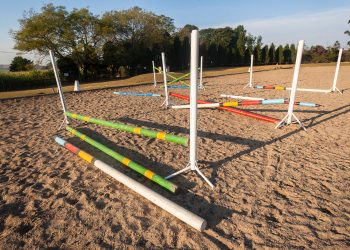
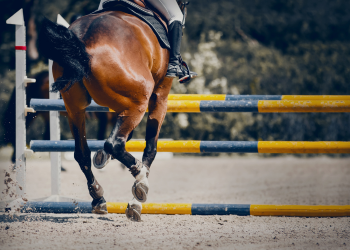
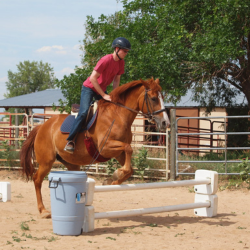
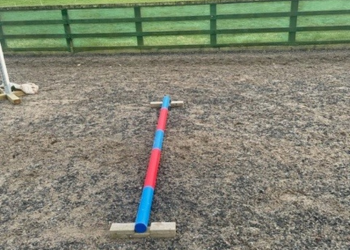
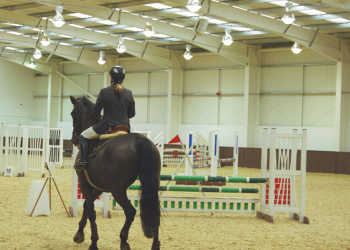

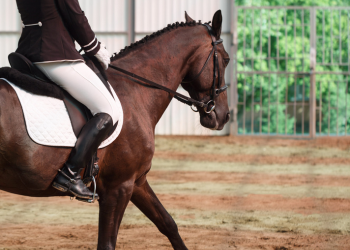


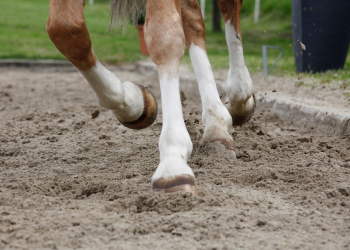
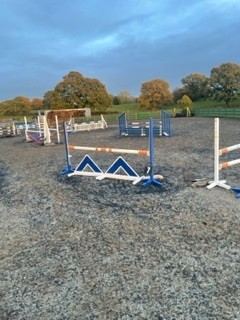
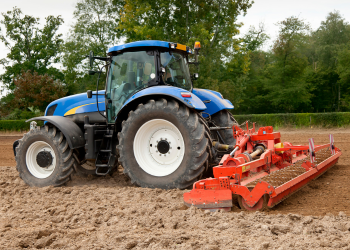

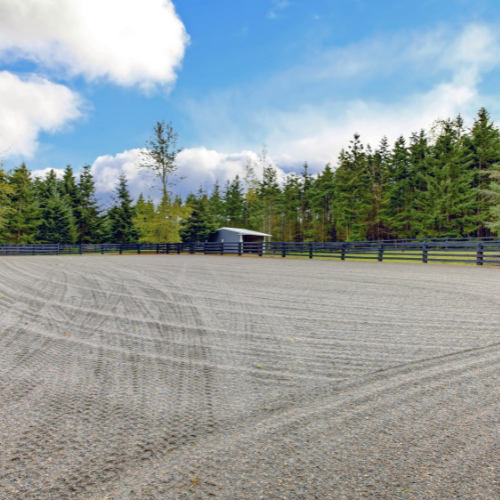

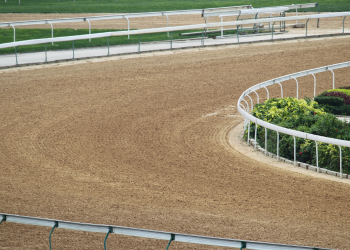

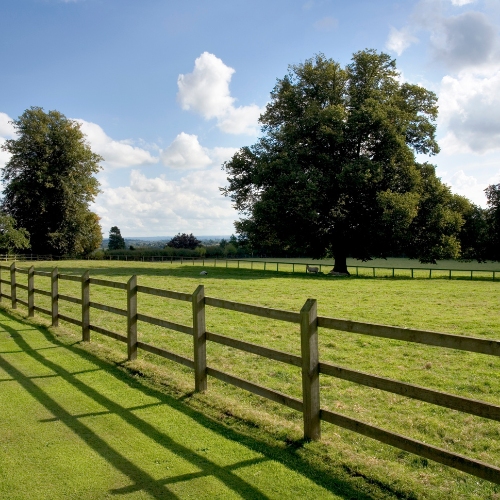
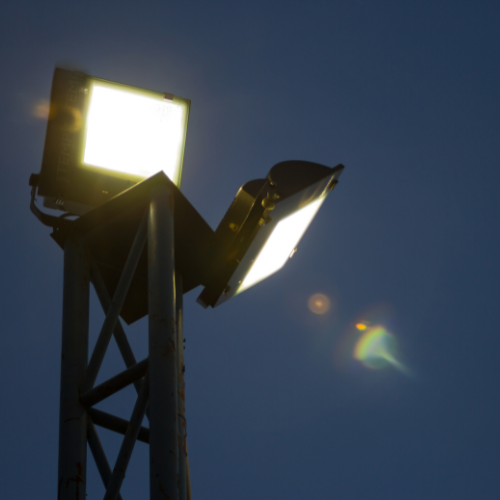
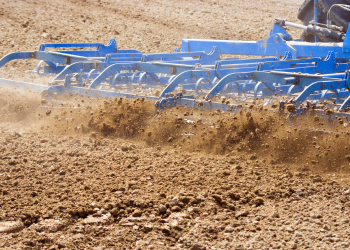
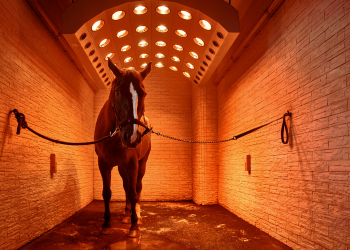

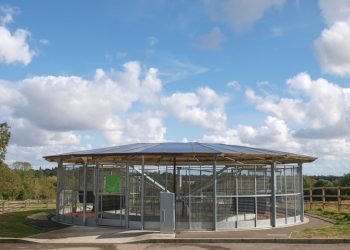
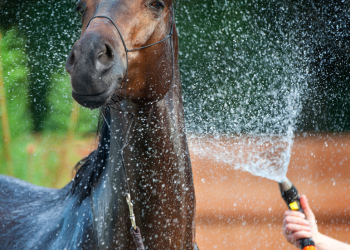
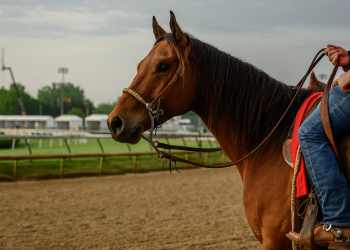
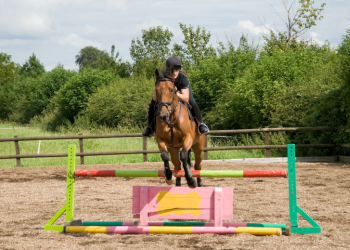
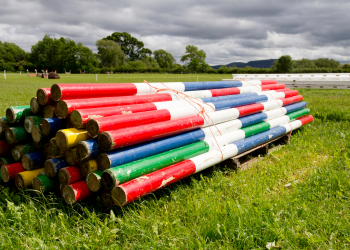

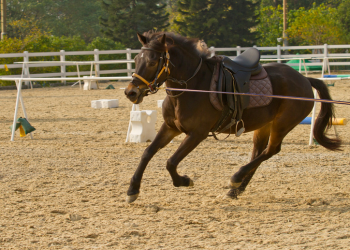
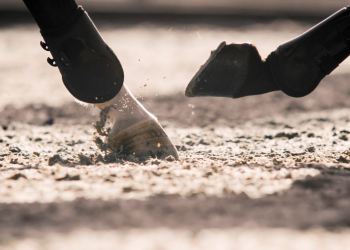
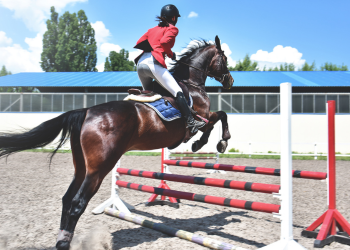
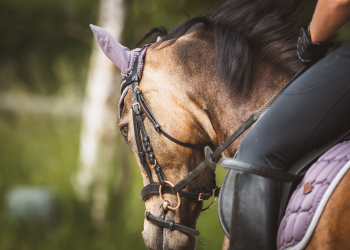
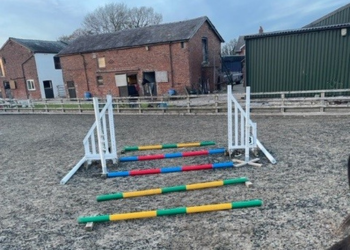
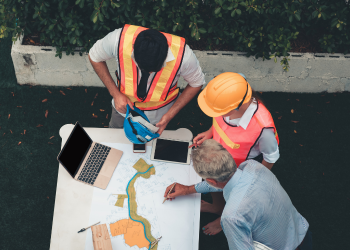
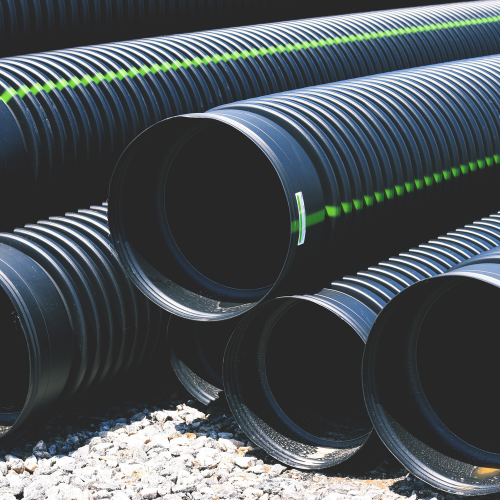
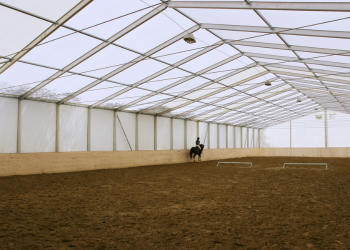
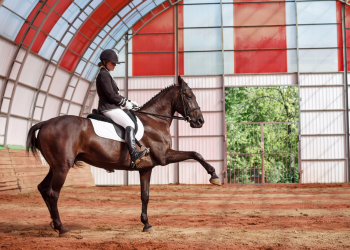
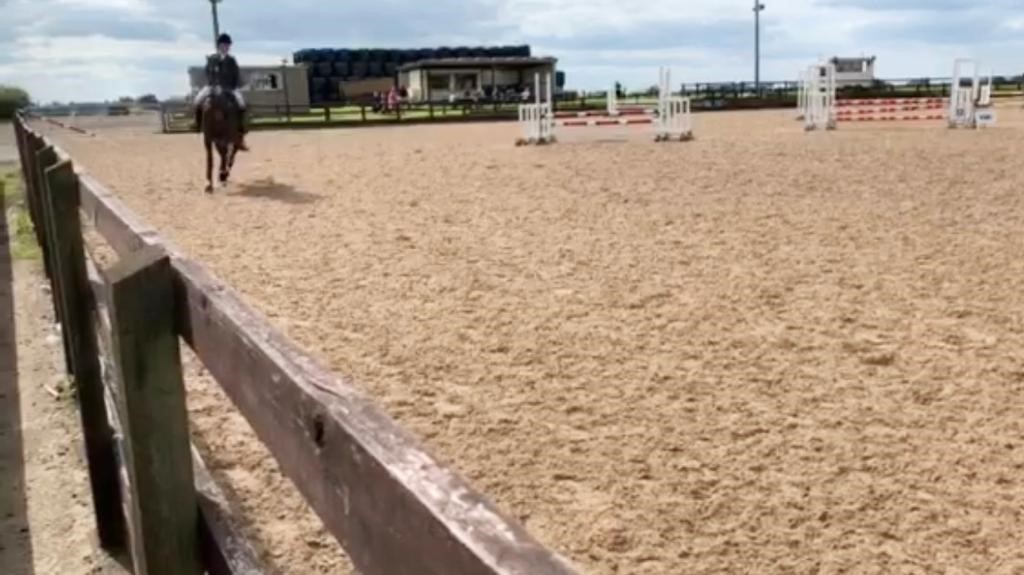

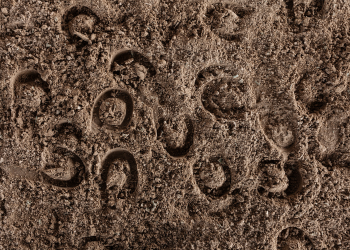

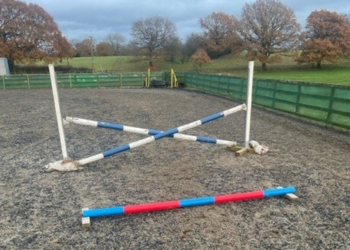


We Aim To Reply To All Enquiries With-in 24-Hours